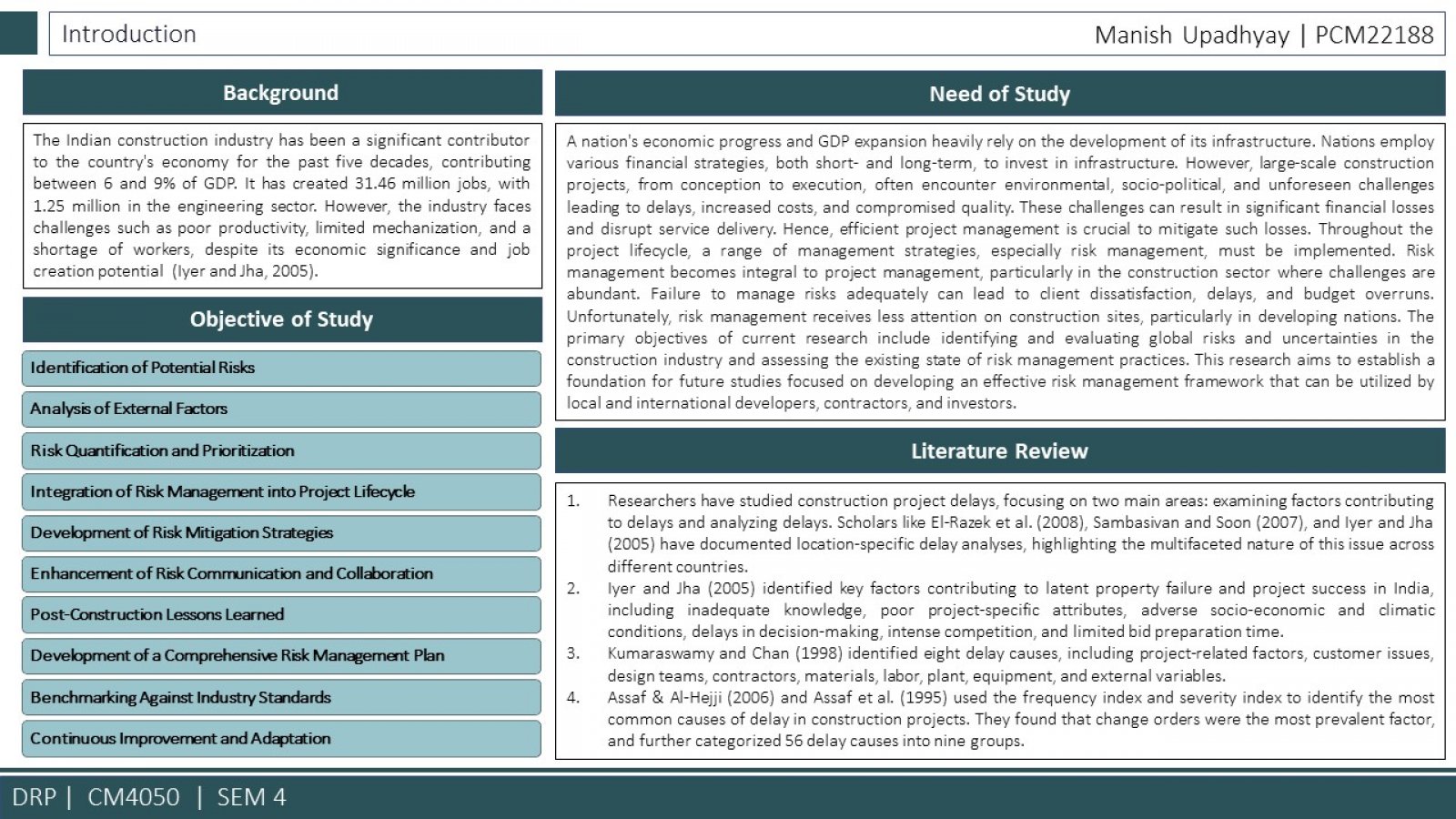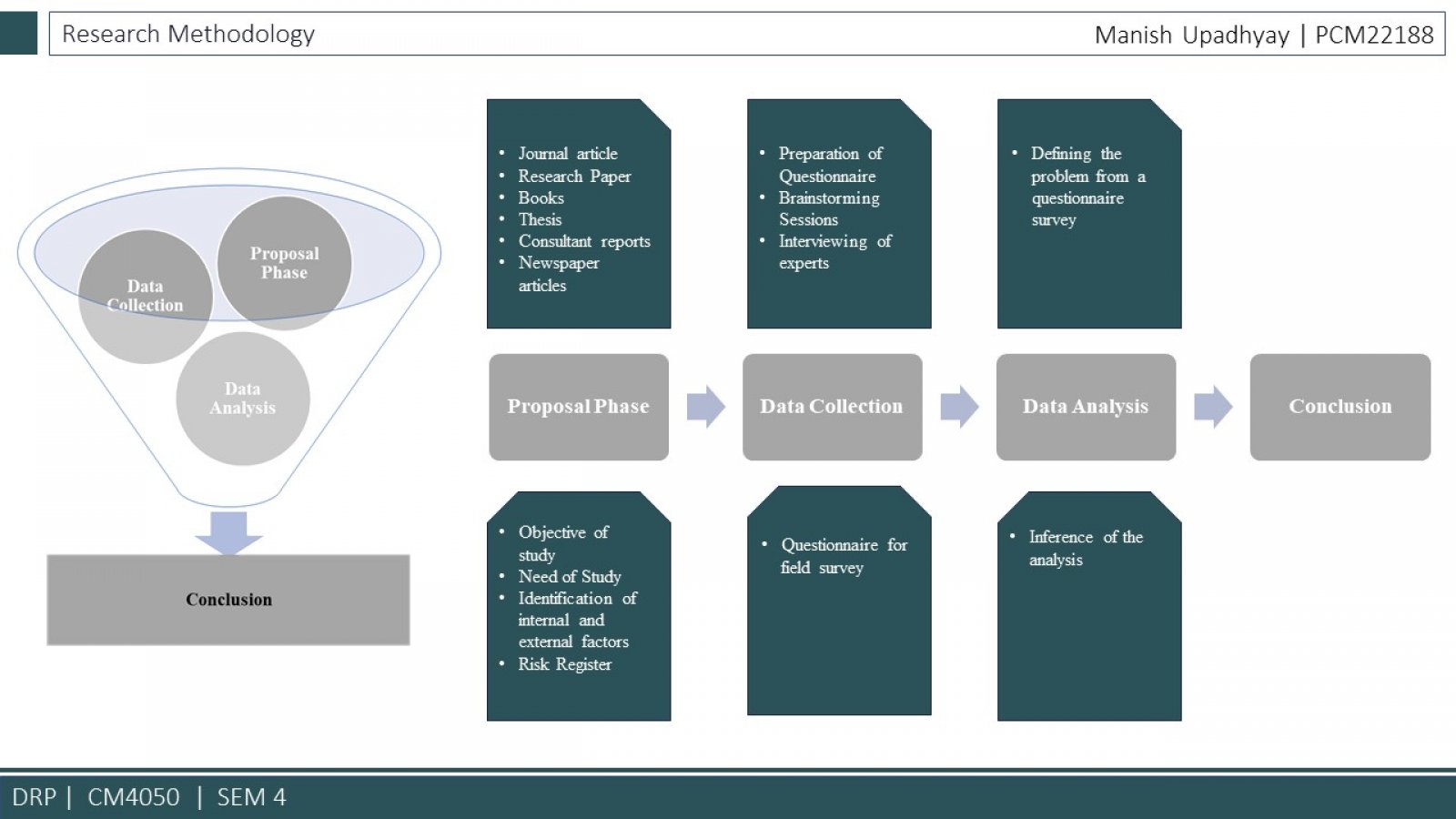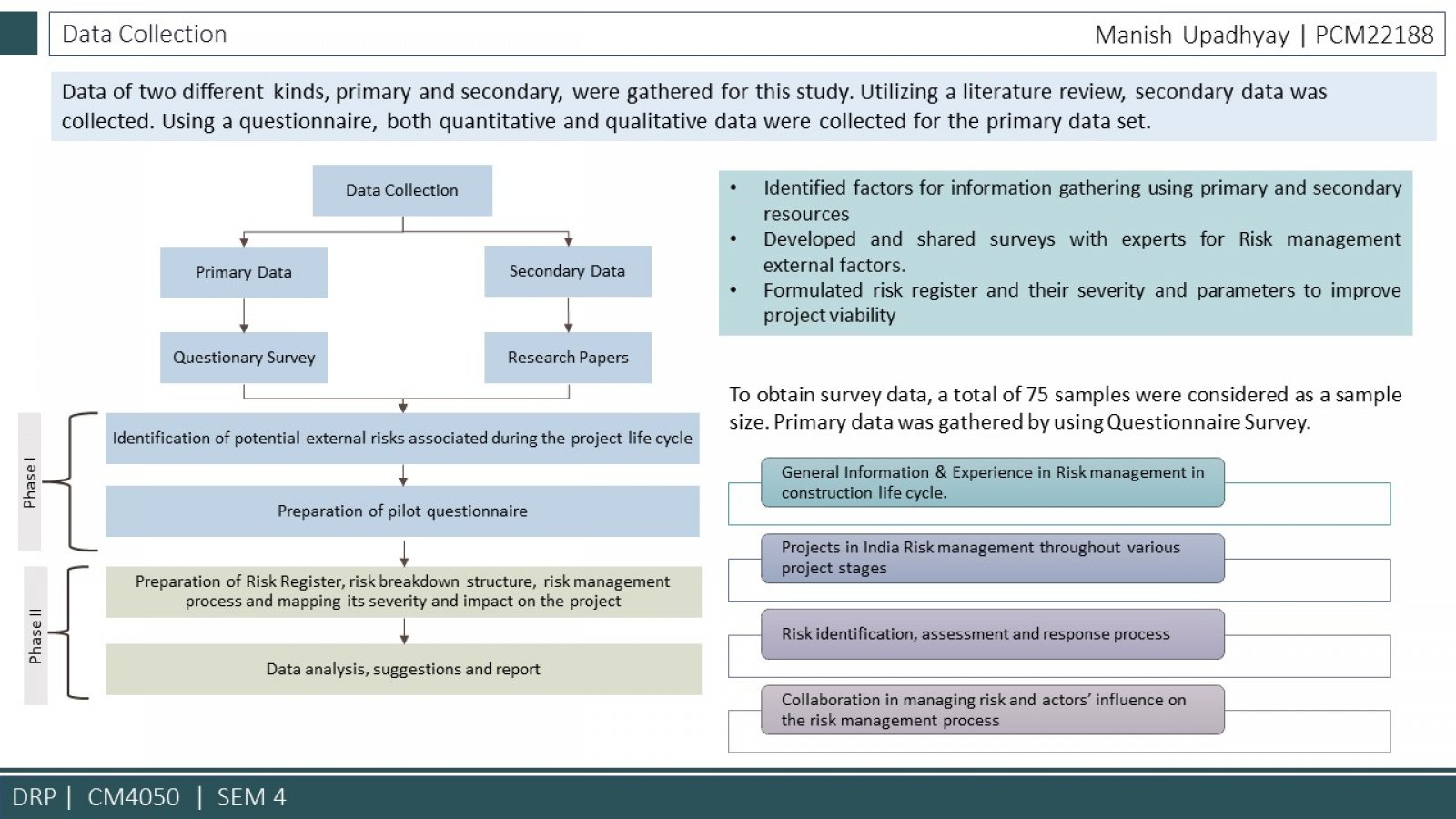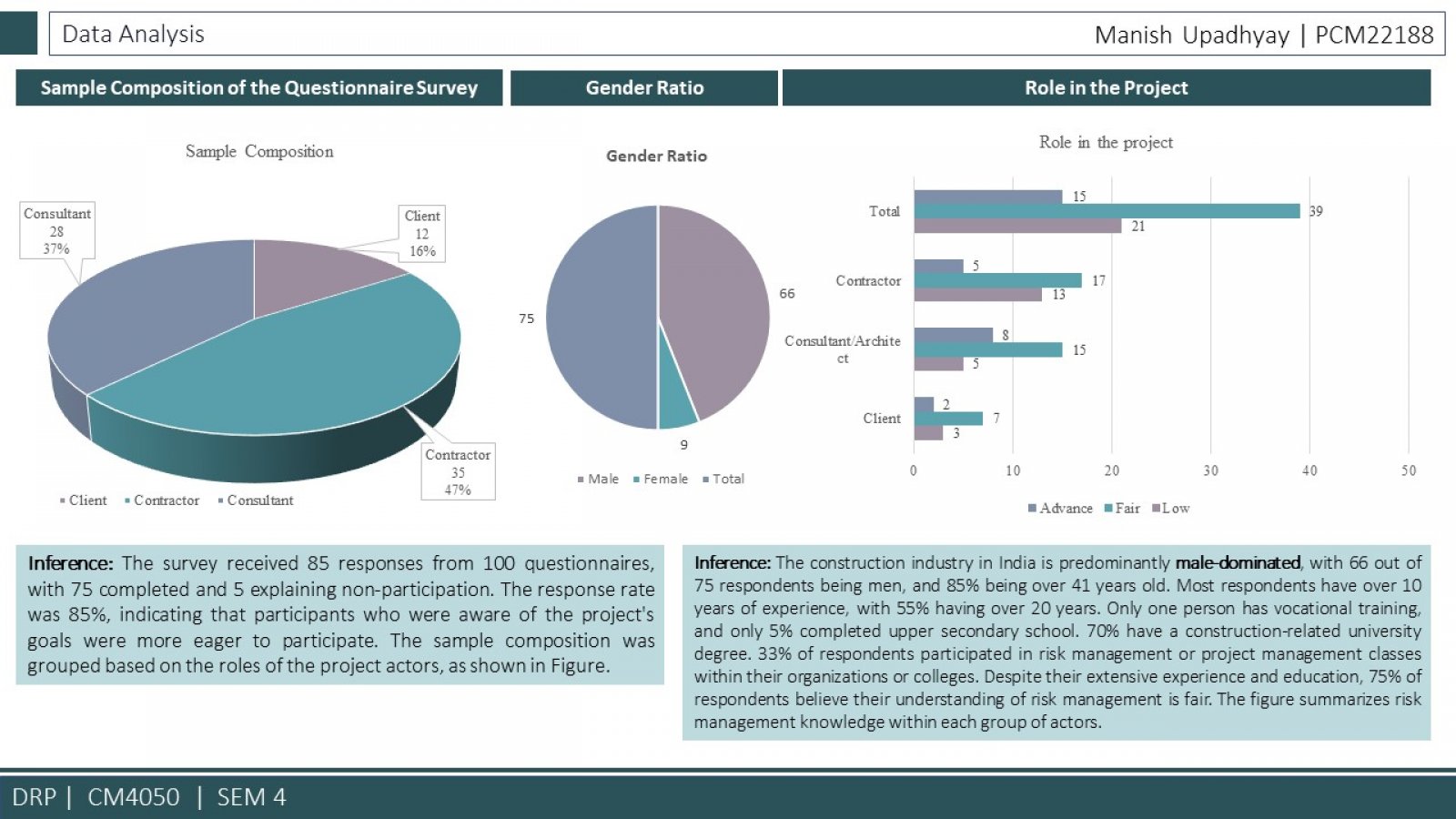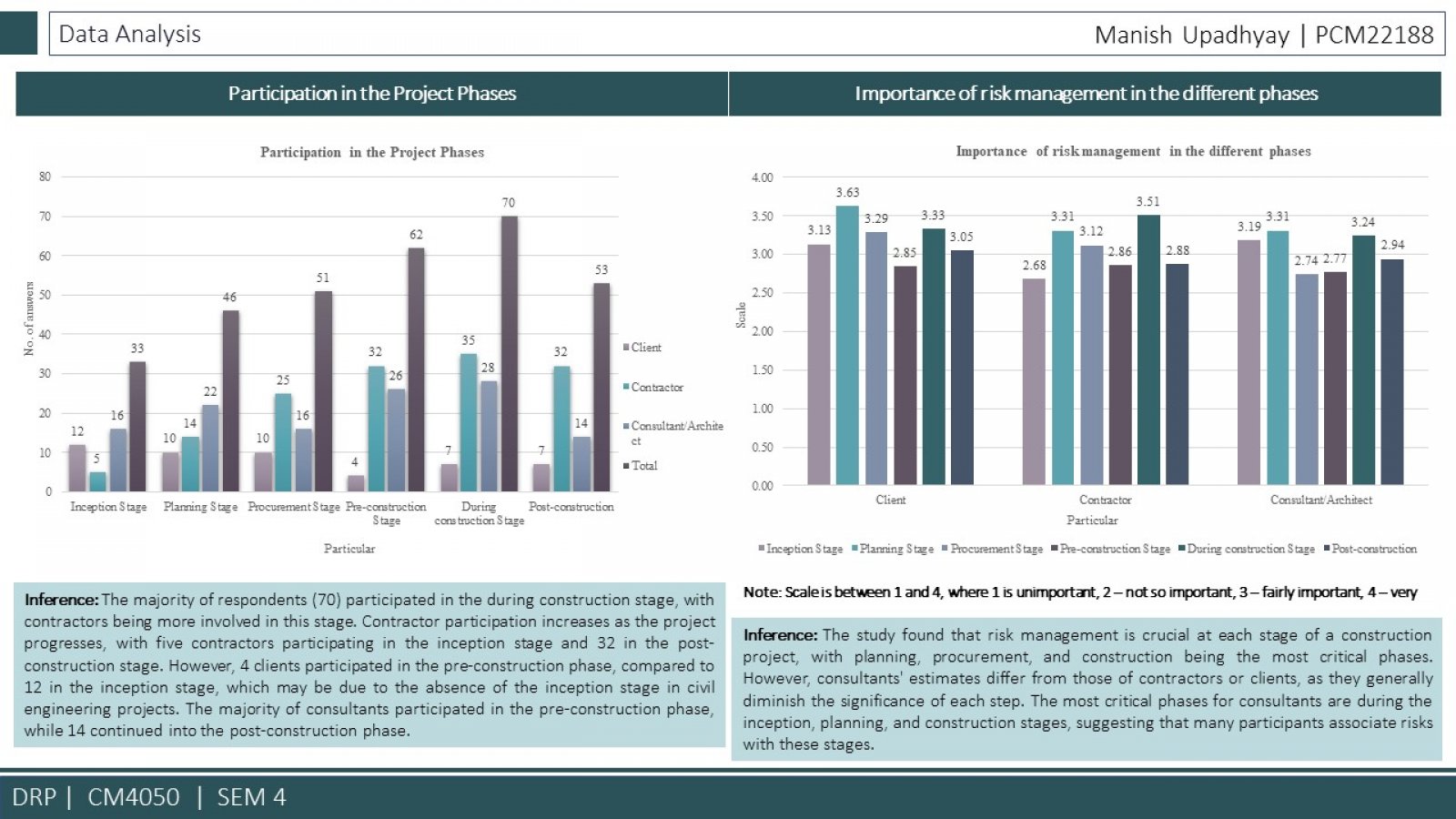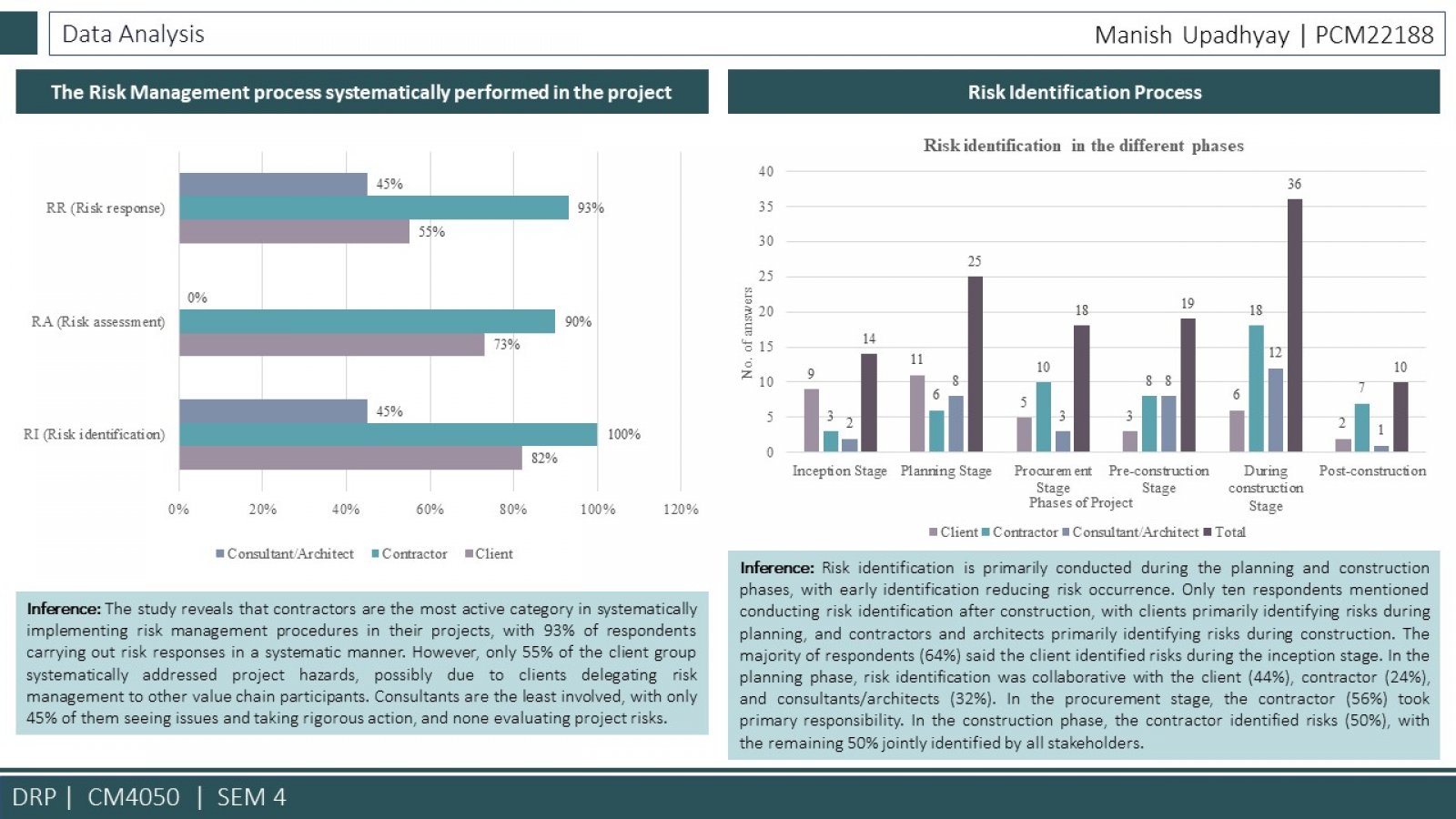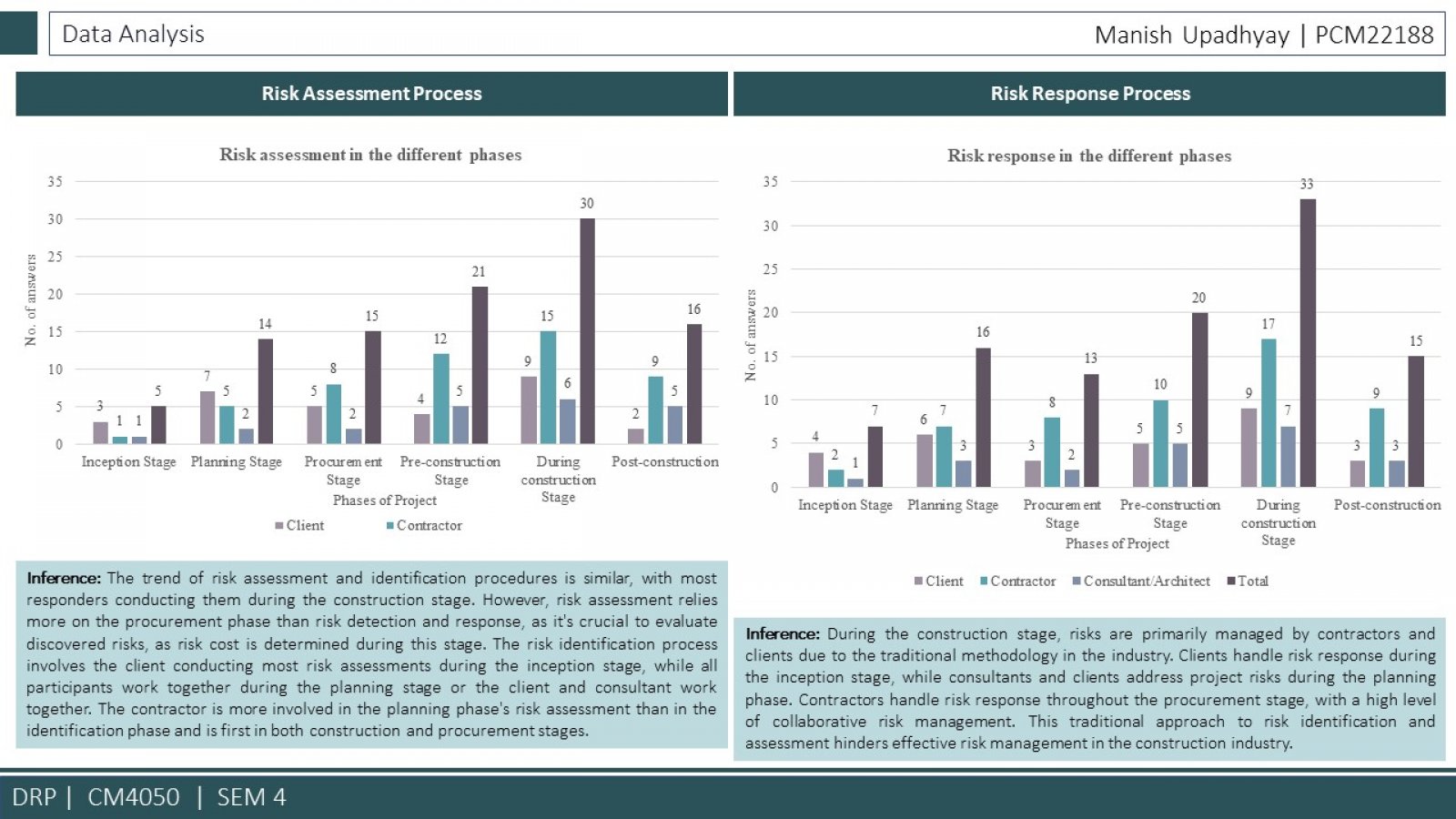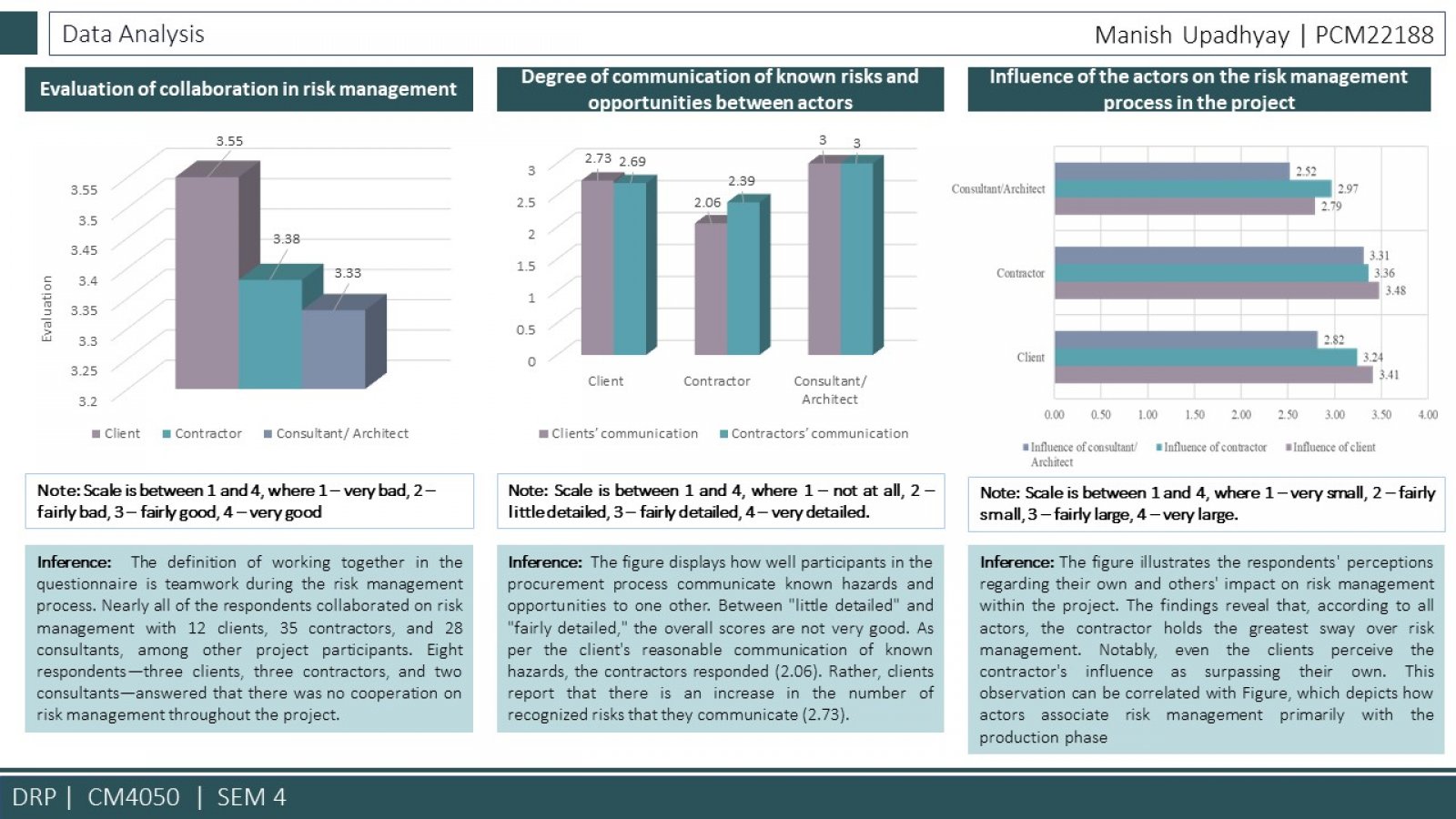Your browser is out-of-date!
For a richer surfing experience on our website, please update your browser. Update my browser now!
For a richer surfing experience on our website, please update your browser. Update my browser now!
In developing countries, inadequate risk management in construction projects before and after construction can lead to poor project performance. To address this, strict adherence to guidelines during the construction phase is essential, although it is challenging to completely prevent risks due to unexpected circumstances during project execution. Construction projects inherently carry higher levels of risk compared to other industries due to their technical complexity. The effectiveness of risk analysis and management in construction project management depends on how well the identification process is conducted. This research investigates the phases of the identification and evaluation process and their impact on risk analysis efficacy. Developing nations often struggle with inefficient risk management in construction projects, affecting project performance. Adhering to comprehensive guidelines during construction is crucial, but the unpredictable nature of project execution makes it difficult to avoid risks entirely, especially in construction projects with high technical complexity. Risk analysis and management play a vital role in construction project management, influenced by the quality of the identification process. The research delves into the phases of identification and evaluation to understand how they can affect the effectiveness of risk analysis. Overall, insufficient risk management practices in pre-construction and post-construction phases in developing countries can lead to unsatisfactory project outcomes. Adhering to strict guidelines during the construction phase is essential, although completely eliminating risks is challenging due to the unpredictable nature of project execution. Construction projects pose higher levels of inherent risk compared to other industries, emphasizing the importance of effective risk analysis and management. This research analyzes how the identification process impacts the efficacy of risk analysis by examining the phases involved in identification and evaluation.
